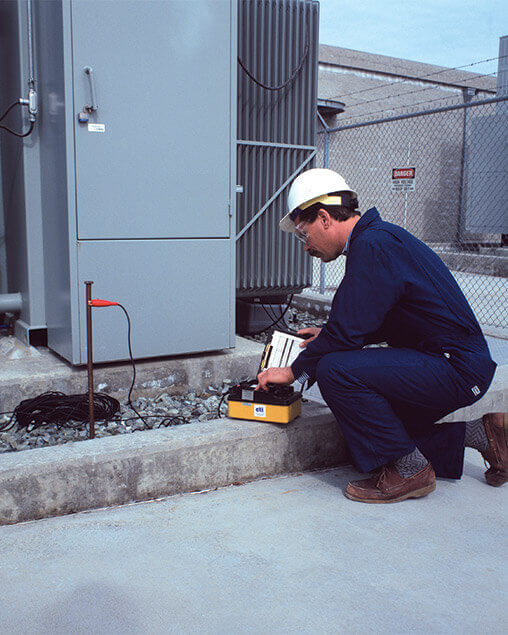The main driver of a ground system study is to protect workers from “step potential” hazards, which result from currents that generate high enough voltages to become lethal at distances as short as one human step. To eliminate these hazards, Vertiv’s ERS engineers will do a grid and ground potential analysis and will perform other relevant measurements and modeling to optimize the design of a ground system to effectively shunt the fault current to the earth, away from workers and equipment.


